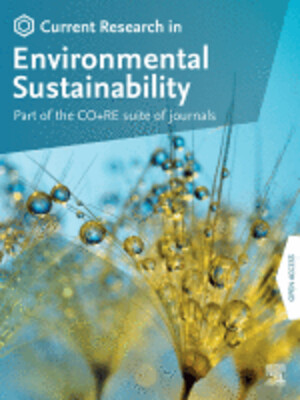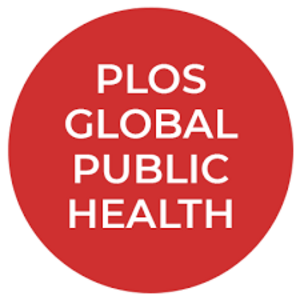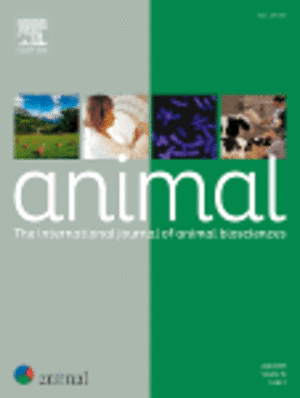
Livestock wealth and social capital as insurance against climate risk: A case study of Samburu County in Kenya
Abstract
We use data from 500 households in Samburu County (Kenya) to explore how natural environment and market accessibility affect coping and adaptation strategies of pastoralists. In particular, we ask whether households accumulate livestock wealth and invest in structural and cognitive social capital to protect themselves against climate risks. We find weak evidence that households accumulate livestock wealth in response to living in a drier environment, and no evidence that households invest in either structural or cognitive social capital as insurance against climate risks. However, coping strategies vary across social groups. For example, while rainfall does not robustly affect cognitive social capital (trust)—we find that the “poor” and “financially-integrated” households (i.e., those who have relatively good access to credit and capacity to save money) show greater mutual trust in drier environments. The results from this study can be used for priority setting by policy makers and development agencies for programs aimed at safeguarding household livelihoods in arid and semi-arid lands (ASALs).
Citation
Ng’ang’a, S.K., Bulte, E.H., Giller, K.E., Ndiwa, N.N., Kifugo, S.C., McIntire, J.M., Herrero, M. and Rufino, M.C. 2016. Livestock wealth and social capital as insurance against climate risk: A case study of Samburu County in Kenya. Agricultural Systems 146: 44-54










